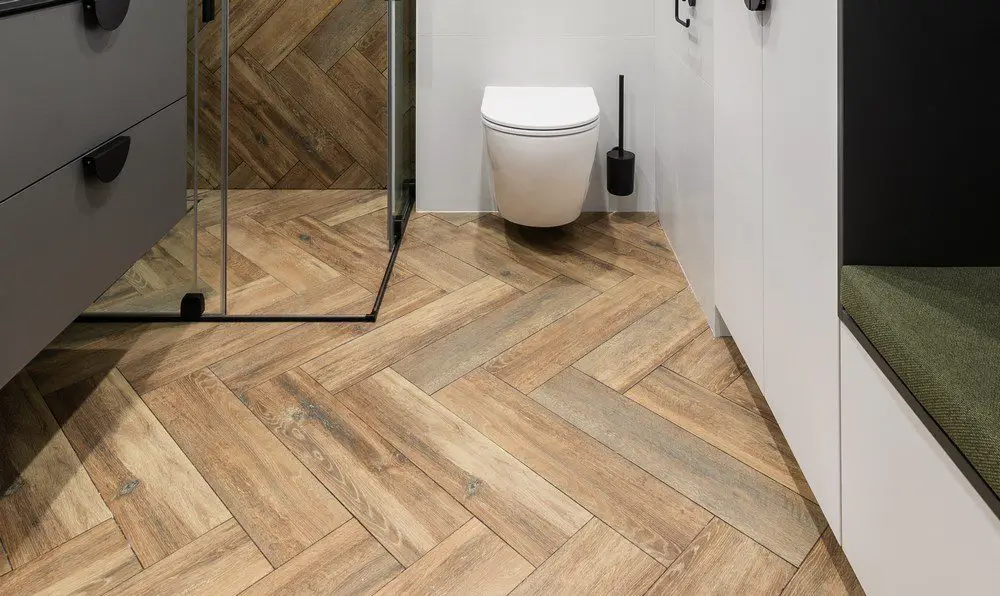Bathroom flooring is always an important factor to consider since it is the overall function and aesthetic of the space. But are there flooring options that exceed your expectations while staying within your budget? Absolutely.
Contents
- 1 Budget Bathroom Makeover: 5 Flooring Ideas You’ll Love
- 1.1 Ceramic and Porcelain Tiles
- 1.2 Vinyl Bathroom Flooring
- 1.3 Laminate Bathroom Flooring
- 1.4 Natural Stone Tiles
- 1.5 Concrete Bathroom Flooring
- 1.6 Tips for Choosing Your Bathroom Flooring
- 1.7 Factor in Installation Complexity
- 1.8 Account for Environmental Impact
- 1.9 Don’t Forget About Comfort
- 1.10 Look for Versatility in Design
- 2 FAQ on Affordable Bathroom Flooring
- 2.1 Can Heated Flooring Systems Be Installed Under Any Bathroom Flooring Type?
- 2.2 How Does Flooring Choice Impact the Resale Value of a Home?
- 2.3 Are There Waterproof Options for Bathroom Flooring?
- 2.4 What Are the Best Flooring Options for Allergy Sufferers?
- 2.5 Can I Use the Same Flooring Throughout an Open-Concept Bathroom and Bedroom?
- 2.6 How Do I Protect My Bathroom Floor From Water Damage Around the Tub and Shower?
- 3 Conclusion
Budget Bathroom Makeover: 5 Flooring Ideas You’ll Love
This article explores five affordable bathroom flooring options. These solutions prove that you don’t have to sacrifice style for cost. We’ll guide you through each option, considering factors like durability, ease of installation, and maintenance.
Ceramic and Porcelain Tiles
Ceramic and porcelain tiles have long been favorites for bathroom flooring. They offer a blend of style, durability, and water resistance. These tiles cater to diverse tastes and budgets, making them a go-to for evolving your bathroom space.
Durability and Water Resistance
Ceramic and porcelain tiles stand out for their resilience. They resist water, stains, and wear, making them ideal for damp bathroom environments. Porcelain, being denser than ceramic, offers even greater water resistance. This quality ensures longevity, reducing the need for frequent replacements.
Variety in Design and Price Range
These tiles come in an array of designs. You can choose from simple, elegant styles to intricate patterns. They mimic natural materials like wood or stone, offering the look without the high cost. Prices vary, accommodating different budgets. While some high-end options can be pricey, many affordable choices deliver quality and beauty.
Installation Considerations
Installing ceramic or porcelain tiles can be a DIY project. However, it requires some skill. The process involves preparing the subfloor, laying the tiles, and grouting. Hiring a professional ensures a seamless finish but adds to the cost. Consider this when budgeting for your bathroom flooring project.
Ceramic and porcelain tiles offer a practical and stylish solution. Their durability and wide range of options make them a top choice for bathroom flooring. Next, we’ll explore vinyl flooring, another budget-friendly and versatile option.
Vinyl Bathroom Flooring
Vinyl flooring is a versatile and cost-effective choice for bathrooms. It’s known for its resilience and ease of installation.
Benefits of Vinyl Tiles and Sheets
Vinyl flooring comes in two main types: tiles and sheets. Both are excellent for bathroom use. They are highly water-resistant, preventing moisture damage. This feature makes them ideal for wet areas. Vinyl is also comfortable underfoot, a pleasant feature in a room where you often stand barefoot.
Ease of Installation and Maintenance
One of the biggest advantages of vinyl flooring is its ease of installation. Vinyl tiles come with adhesive backings. You can simply peel and stick them onto the floor. Sheets might need professional installation for a seamless look. Maintenance is a breeze. Regular sweeping and occasional mopping keep vinyl floors looking new.
Stylish and Practical Choices
Vinyl flooring offers a wide range of designs. You can find options that mimic hardwood, stone, or ceramic tiles. This versatility lets you achieve various looks without the high cost. It’s a practical solution for those wanting style and function on a budget.
This flooring is a practical, affordable option for bathroom flooring. Its water resistance, ease of installation, and various styles make it a popular choice. Next, we’ll discuss laminate flooring, another budget-friendly option with unique benefits for bathroom use.
Laminate Bathroom Flooring
Laminate flooring is an increasingly popular choice for bathrooms. It combines affordability with the appearance of more expensive materials.

Water-Resistant Options
Traditional laminate flooring wasn’t suitable for damp environments like bathrooms. However, recent advancements have introduced water-resistant laminates. These options can withstand moisture and humidity, making them suitable for bathroom use. Always check the specifications to ensure the laminate is appropriate for bathrooms.
Cost-Effectiveness and Style
Laminate flooring is a budget-friendly alternative to hardwood or stone. It replicates these materials’ look without the high cost. The variety in designs allows for customization according to personal style preferences. Laminate flooring offers the aesthetic appeal of more expensive materials while keeping costs low.
Installation Tips for Bathrooms
Installing laminate flooring in bathrooms requires some care. It’s crucial to prevent water from seeping under the flooring. Use a quality underlayment to protect against moisture. Ensure that the laminate planks are tightly sealed during installation. Some homeowners prefer professional installation to guarantee a water-resistant finish.
The flooring is a cost-effective and stylish option for bathroom flooring. With water-resistant varieties available, it has become a practical choice for bathrooms. Next, we will explore natural stone tiles, a unique and affordable option for those seeking a natural look in their bathroom.
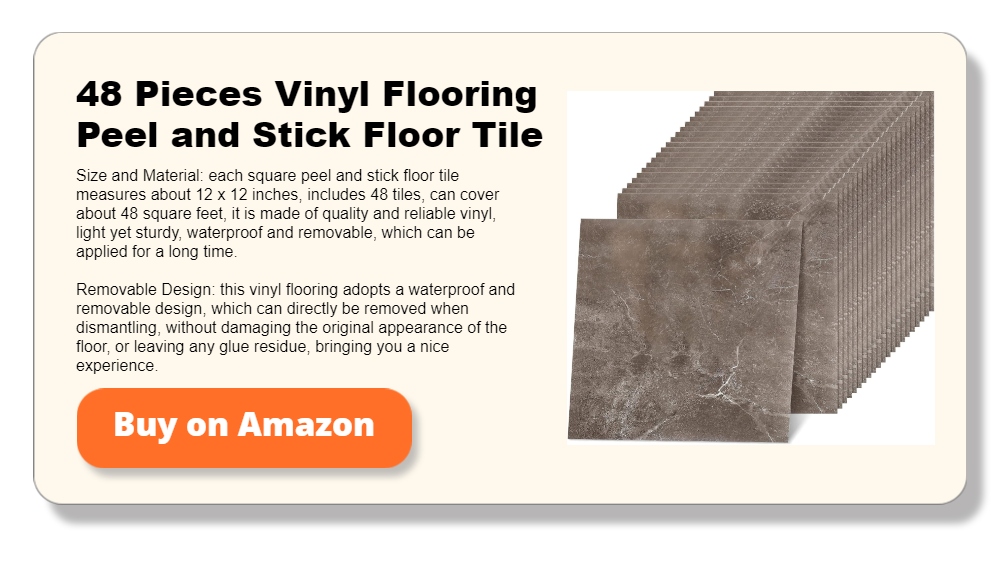
Natural Stone Tiles
Natural stone tiles bring a touch of elegance and uniqueness to bathroom floors. While some types can be expensive, there are affordable options available.
Affordable Types of Stone
Natural stone tiles come in various types, like slate, limestone, and travertine. Some of these are more budget-friendly than others. Slate, for instance, offers a durable and less expensive option. These stones provide a natural, earthy look and come in unique patterns and colors.
Unique Aesthetic Appeal
Each stone tile is unique, giving your bathroom a one-of-a-kind look. The textures and colors vary, adding character and warmth to the space. Stone tiles can also increase your home’s value due to their high-end appearance and durability.
Special Care and Maintenance
Natural stone requires more maintenance than other flooring options. Regular sealing is necessary to protect against moisture and stains. Cleaning should be gentle, avoiding harsh chemicals. This extra care ensures the stone retains its beauty and lasts longer.
In summary, natural stone tiles are a great option for those seeking a unique and natural look in their bathroom. They offer a range of affordable options and add value to your home. Proper care and maintenance are key to preserving their beauty.
Next, we will delve into concrete flooring, a modern and durable choice for bathroom flooring.
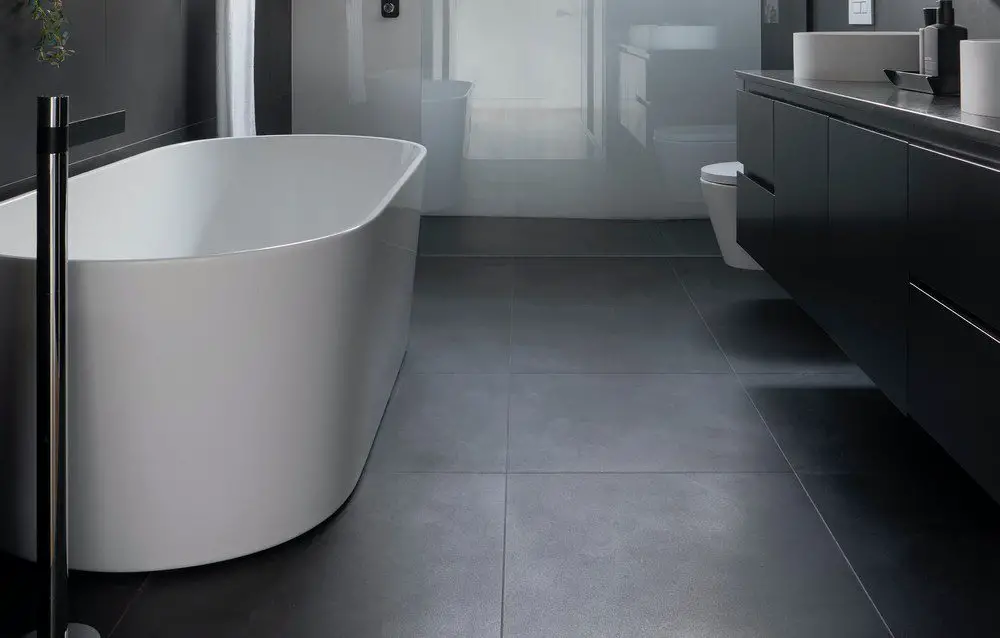
Concrete Bathroom Flooring
Concrete flooring is gaining popularity in modern bathroom designs. It’s known for its durability, water resistance, and customizable appearance.
Modern and Industrial Look
Concrete flooring offers a sleek, minimalist aesthetic. It suits modern and industrial-style bathrooms well. The raw, natural look of concrete can be a statement in itself. It provides a clean, uncluttered foundation for various design themes.
Longevity and Water Resistance
One of the major strengths of concrete is its durability. It withstands heavy traffic and resists water, making it ideal for bathrooms. Concrete floors can last for decades with proper care. This longevity makes it a cost-effective option in the long run.
Customization through Staining and Texturing
Concrete doesn’t have to be plain or grey. You can customize it with stains, dyes, and texturing techniques. These methods add color and patterns to the floor. Stamped concrete can mimic tiles, stone, or other textures. This versatility allows for creative freedom in bathroom design.
Concrete flooring is a strong, durable, and stylish option for bathrooms. It’s water resistance and customization options make it suitable for various design preferences. With concrete, you can achieve a unique look that lasts for years.

Tips for Choosing Your Bathroom Flooring
Selecting the right flooring for your bathroom is a key decision in any remodel or update. It impacts not just the look but also the functionality of your space. With so many options available, making the right choice can seem overwhelming. Below are essential tips to help you navigate through the options.
Assess Your Budget
When planning your bathroom flooring, the first step is to assess your budget. It’s important to understand the costs involved in purchasing and installing different types of flooring. Prices vary widely based on the material, brand, and quality.
While ceramic tiles might be more affordable, natural stone or high-end porcelain could significantly increase costs. Remember, the cheapest option isn’t always the best regarding quality and longevity.
Aim to find a balance between cost and quality. Opting for the least expensive option is tempting, but consider the long-term implications. Cheaper materials might need more frequent replacements or repairs, leading to higher costs.
On the other hand, investing in a slightly more expensive but durable option can be more economical in the long run. Don’t forget to include the cost of installation, which can vary greatly depending on the complexity of the job and the rates of local contractors.
Consider the Bathroom Size and Layout
The size and layout of your bathroom significantly influence your flooring choice. You can use larger tiles or patterns for larger bathrooms without overwhelming the space. These can make a grand statement and are easier to install with fewer grout lines.
In contrast, smaller bathrooms benefit from smaller tiles or patterns. They can make the space feel larger and offer more design flexibility.
Consider how the flooring will interact with existing features like fixtures, cabinets, and lighting. The goal is to create a cohesive look. For instance, a bathroom with lots of natural light might be well-suited to darker flooring for a striking contrast, while a bathroom with limited light might benefit from lighter, more reflective flooring to open up the space.
Also, consider the practical aspects, like how the flooring will transition to other rooms. It should blend seamlessly with the rest of your home’s design.

Evaluate Moisture and Slip Resistance
Bathroom floors are prone to moisture, making slip resistance a key factor. Choosing a flooring material that provides good wet traction is crucial for safety.
Materials like textured tiles or slip-resistant vinyl are excellent choices. They reduce the risk of slips and falls, a vital consideration, especially in households with children or elderly members.
Not all flooring materials handle moisture well. Porcelain and ceramic tiles are known for their water resistance, making them ideal for bathrooms. Natural stone can be a good choice, too, but it often requires sealing to enhance moisture resistance.
However, materials like hardwood or non-water-resistant laminate are less suitable for high-moisture areas. These materials may warp or swell when exposed to water, leading to long-term damage.
Think About Maintenance and Cleaning
The ease of cleaning and maintenance is an important factor in choosing bathroom flooring. Some materials require more care than others. For instance, natural stone might need regular sealing, while vinyl and ceramic tiles are easier to maintain.
Consider how much time and effort you’re willing to dedicate to upkeep. Families with busy schedules might prefer flooring that’s easy to clean and maintain.
Different flooring materials require different cleaning methods. Harsh chemicals can damage certain types of flooring, like natural stone or certain finishes on tiles. On the other hand, laminate and vinyl flooring can handle a variety of cleaning products.
It’s also important to consider the flooring’s texture. Textured surfaces might provide better slip resistance but can be harder to clean due to their ability to trap dirt.
If you choose tiles that are tough to clean, some tools make maintenance easier, such as a Spin Scrubber. The electric brush can achieve 380 RPM of rotational speed to clean various bathroom flooring materials.
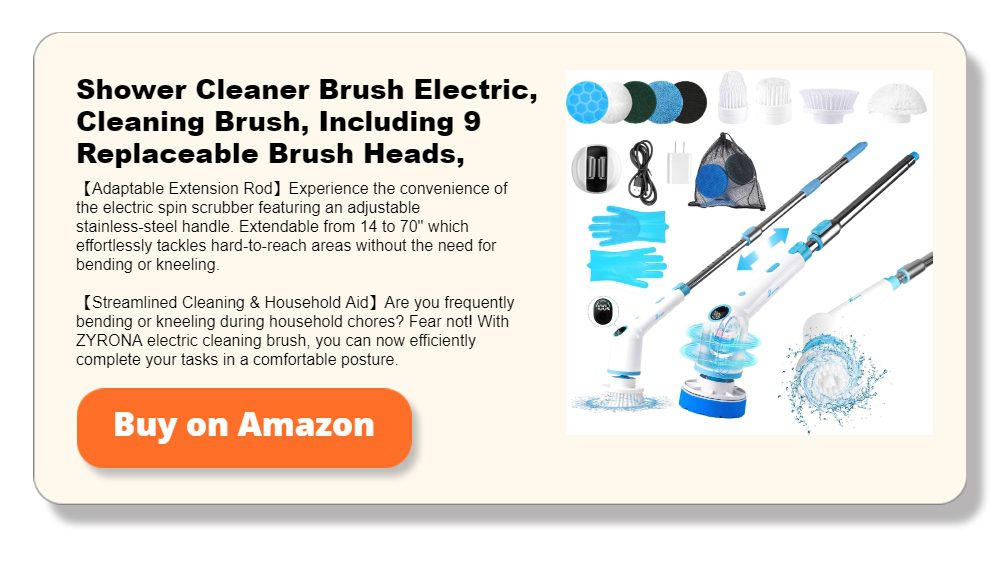
Reflect on Your Style Preferences
Your style preferences are crucial in choosing bathroom flooring. The flooring should complement the overall design theme of your bathroom. Whether you prefer a modern, sleek look or a more traditional, cozy feel, there’s a flooring option to match.
For a contemporary look, consider materials like polished concrete or large-format tiles. Natural stone or wood-look laminate can be ideal for a classic or rustic style.
The flooring should reflect your style and harmonize with the existing bathroom decor. You might choose neutral flooring to balance the look if you have bold fixtures or wall colors.
Alternatively, if your bathroom’s palette is subdued, a floor with a pop of color or an intricate pattern can add visual interest. Remember, the flooring can be a statement piece or a subtle backdrop, depending on your preference.
Explore Durability and Longevity
Durability is a key consideration in bathroom flooring. The floor should withstand constant use, moisture, and cleaning products without deteriorating quickly. Porcelain and ceramic tiles are renowned for their durability and longevity. Similarly, high-quality vinyl and certain types of laminate flooring can offer long-lasting performance if properly maintained.
Consider not just the initial cost but also the long-term value of the flooring material. Some options may have a higher upfront cost but prove more economical over time due to their durability. It’s also important to think about the potential for wear and tear. Bathrooms are high-traffic areas, so choosing a floor that resists scratches, stains, and fading is essential.
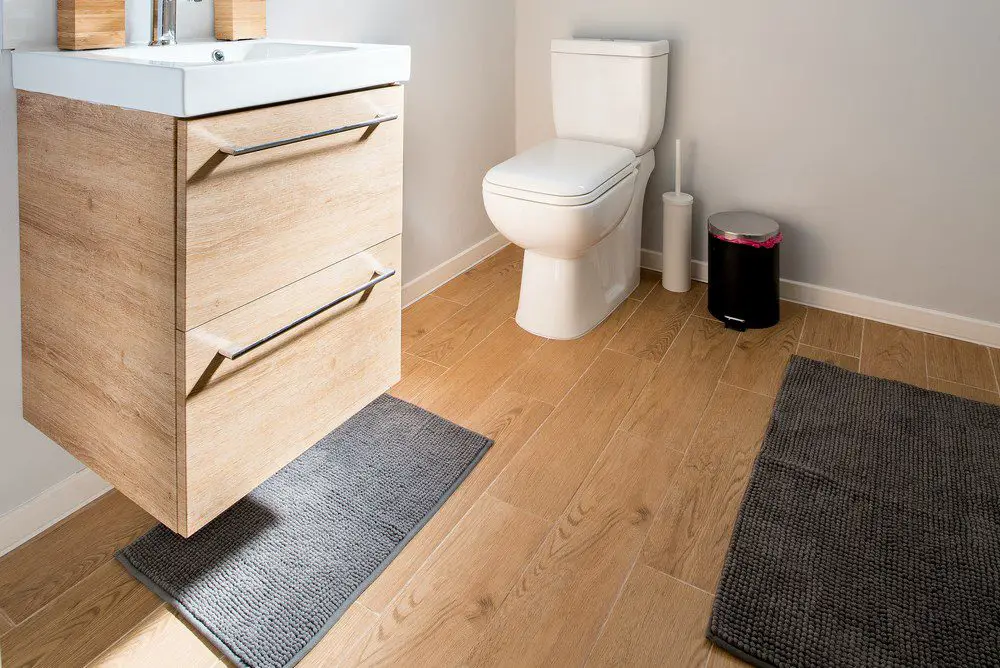
Factor in Installation Complexity
The complexity of installing different flooring types varies significantly. Some options, like vinyl tiles or planks, are DIY-friendly. They can be a great choice if you want to reduce costs with a self-installation project.
However, other materials like porcelain or stone tiles might require professional installation. This is especially true if they need cutting to fit or special underlayment for moisture protection.
Account for Environmental Impact
Considering the sustainability of flooring materials is important for those conscious of their environmental footprint. Many manufacturers now offer eco-friendly options like bamboo, cork, or recycled materials. These materials minimize environmental impact and offer unique and attractive designs.
Beyond the material itself, think about the longevity and maintenance of the flooring. Durable materials that don’t require frequent replacement or harsh chemicals for cleaning are more sustainable in the long run.
Also, consider the production process and the company’s environmental policies. Choosing flooring from companies committed to sustainable practices can make a big difference in the overall environmental impact of your bathroom remodel.
Don’t Forget About Comfort
The comfort of your flooring is crucial in a room where you often stand barefoot. Some materials, like vinyl and cork, are softer and warmer underfoot, providing a comfortable surface for daily use. Others, like stone or tile, can feel cold and hard, which might be less comfortable, especially in cooler climates.
While comfort is important, balancing it with other factors like style and durability is essential. For instance, carpet might be comfortable but isn’t suitable for the damp environment of a bathroom.
If you prefer harder materials like stone or tile, consider adding in-floor heating or soft rugs to enhance comfort. These additions can make a significant difference in the overall feel of your bathroom.
Look for Versatility in Design
When selecting your bathroom flooring, consider how well it will adapt to future design changes. Choosing a versatile style and color that complements various design trends can be a wise decision. Neutral colors and timeless patterns work well with different decor styles and color schemes.
Flooring is a significant investment; you’ll likely want it to last through various style changes in your bathroom. Materials that offer a timeless look and durability will ensure that your flooring remains stylish and functional for years.
Consider flooring options that can easily blend with different themes and decorations, allowing you to update your bathroom’s look without changing the flooring.
FAQ on Affordable Bathroom Flooring
Can Heated Flooring Systems Be Installed Under Any Bathroom Flooring Type?
How Does Flooring Choice Impact the Resale Value of a Home?
Are There Waterproof Options for Bathroom Flooring?
What Are the Best Flooring Options for Allergy Sufferers?
Can I Use the Same Flooring Throughout an Open-Concept Bathroom and Bedroom?
How Do I Protect My Bathroom Floor From Water Damage Around the Tub and Shower?
Conclusion
Choosing the right bathroom flooring involves balancing various factors, from style and budget to functionality and longevity. Whether you prefer the timeless elegance of stone tiles or the practicality of vinyl, there’s an option to suit every need and taste.
By considering aspects like moisture resistance, ease of maintenance, and comfort, you can select a flooring solution that not only enhances the beauty of your bathroom but also ensures its durability and safety.

